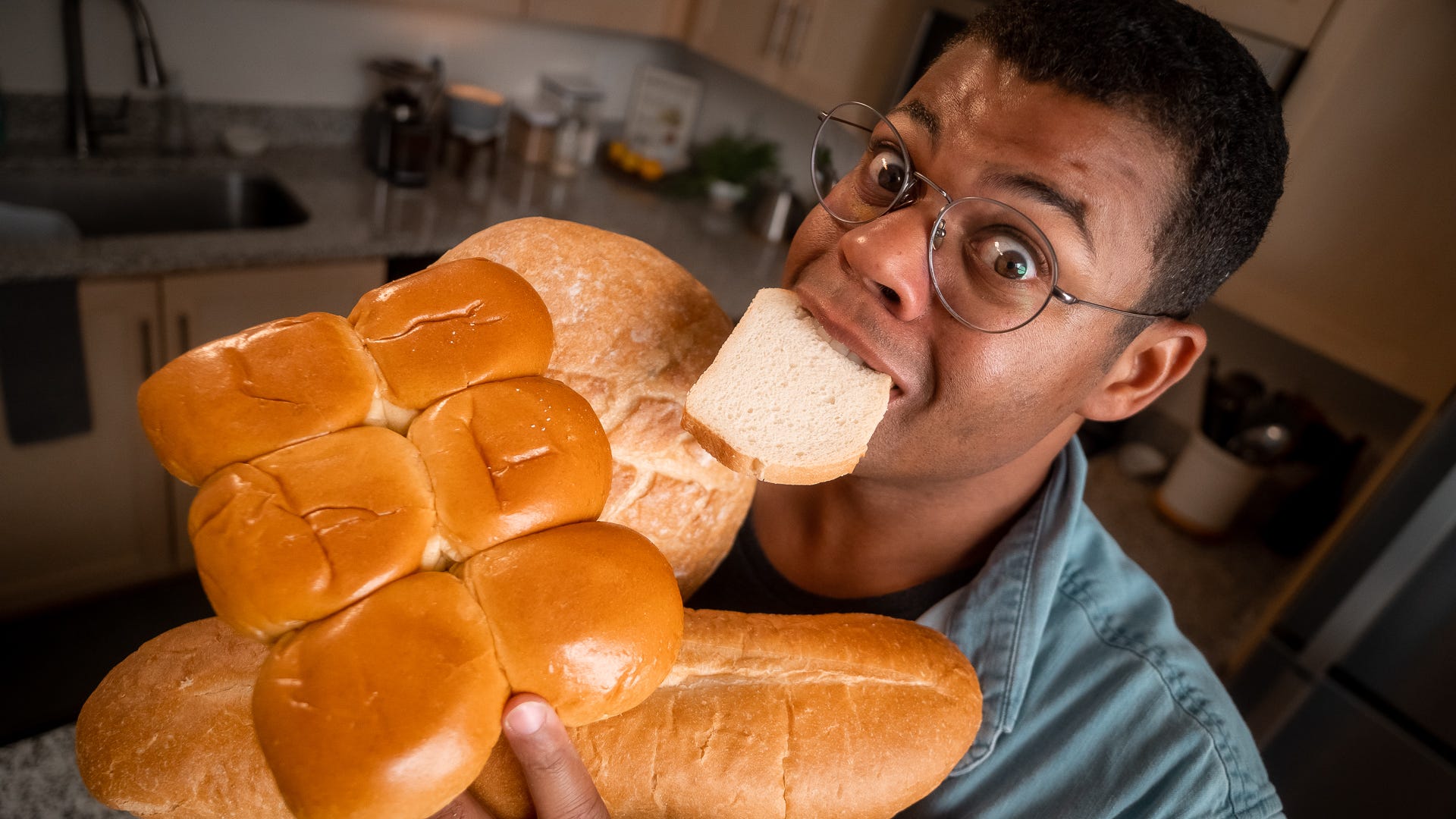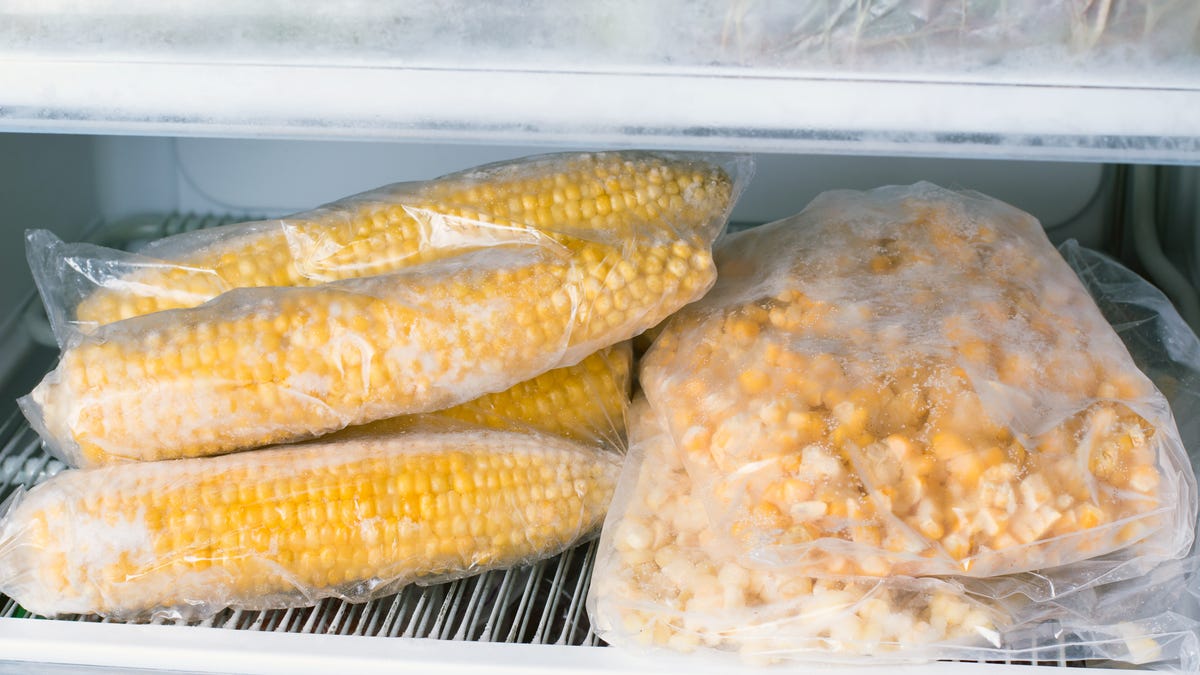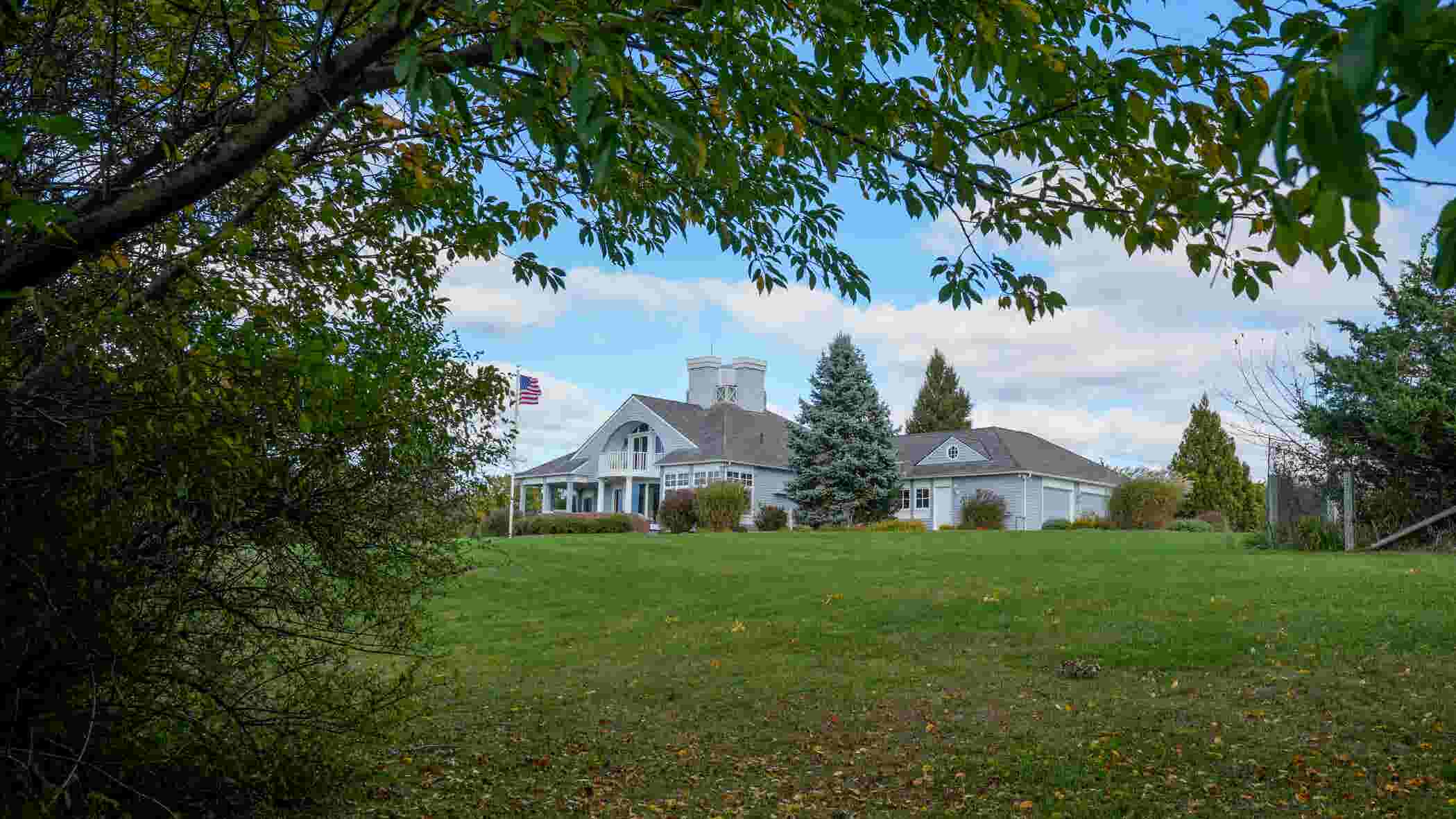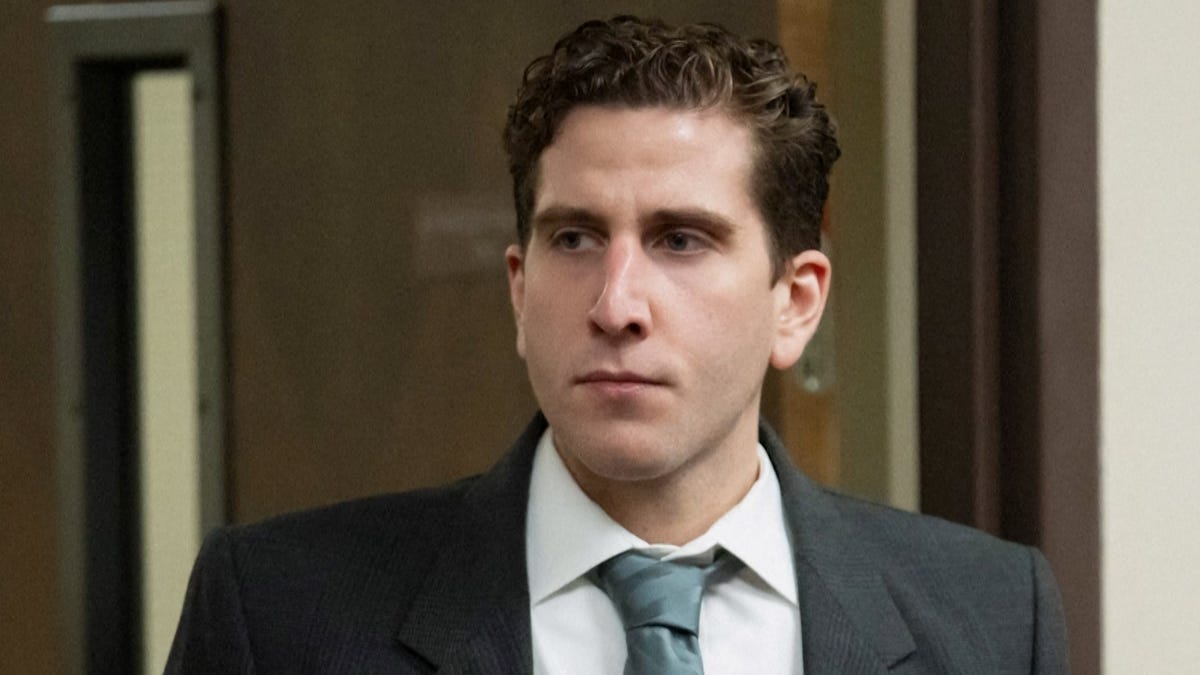
How to freeze bread so it lasts longer
Store fresh baked bread properly so it lasts longer.
ProblemSolved, USA TODAY
Prepped too much corn on the cob for your Fourth of July picnic? No fear – your freezer is coming to the rescue.
But first, it’s important to know how to freeze food properly.
Foodborne illnesses can spike in the summer months, especially given the higher temperatures and rise in outdoor dining like picnics and cookouts. So experts say this time of year is one that requires paying extra attention to storing food.
“The warmer weather makes bacteria that cause foodborne illness multiply faster, and if these bacteria have time to multiply, they can reach dangerous levels and produce heat-resistant toxins that then won’t be killed by cooking,” says Meredith Carothers, MPH, a public affairs specialist on the U.S. Department of Agriculture’s (USDA) food safety education team. “Therefore, it’s very important to handle food safely in warmer weather.”
Here’s how to make sure you’re storing and freezing corn on the cob safely.
How to freeze corn on the cob
Safely freezing corn on the cob begins with safely storing it to begin with. In other words, if you’re transporting leftover potluck food from one location to another, it’s important to keep it at a safe temperature.
Keeping food at room or outdoor temperature for two hours is fine (or bring that down to one hour if temperatures are above 90 degrees), Carothers says. But if you want to keep the party going longer, you’re going to need to maintain the food temperature: either heated above 140 degrees Fahrenheit in a chafing dish or a preheated grill, or chilled below 40 degrees on a bowl of ice or in a cooler.
“The bacteria that can cause foodborne illness grow between 40 (degrees) and 140 (degrees) – also known as the danger zone,” Carothers says. When you’re bringing the food home, don’t forget to “transport perishable foods in a cooler or insulated bag with plenty of cold sources.”
Corn can either be frozen on or off the cob. Either way, it’s important to keep the produce in a “container or wrapping that won’t easily let air in” in order to help “maintain quality and prevent freezer burn.” (Freezer burn doesn’t make food unsafe per se, but it does cause dry spots and should be cut off before consuming, according to the USDA.)
And make sure the freezer temperature remains at 0 degrees or lower to “retain vitamin content, color, flavor and texture,” Carothers adds.
How long does corn last in the freezer?
The good news: Eating corn (as well as all other foods) that’s been in the freezer technically is safe forever. The bad news: It might not be the best quality if you’re trying to reheat a cob from last summer’s Fourth of July celebration.
“Freezing keeps foods safe indefinitely, because bacteria that cause foodborne illness do not multiply in freezer temperatures,” Carothers explains. But after 8 months, the freshness begins to decrease, so anything eaten after that amount of time “just might not be the best quality.”
The timing of when you freeze produce can have an impact as well.
“In general, freshness and quality at the time of freezing affect the condition of frozen foods,” Carothers says. “If frozen at peak quality, thawed foods emerge tasting better than foods frozen near the end of their useful life. So freeze items you won’t use quickly sooner rather than later.”









